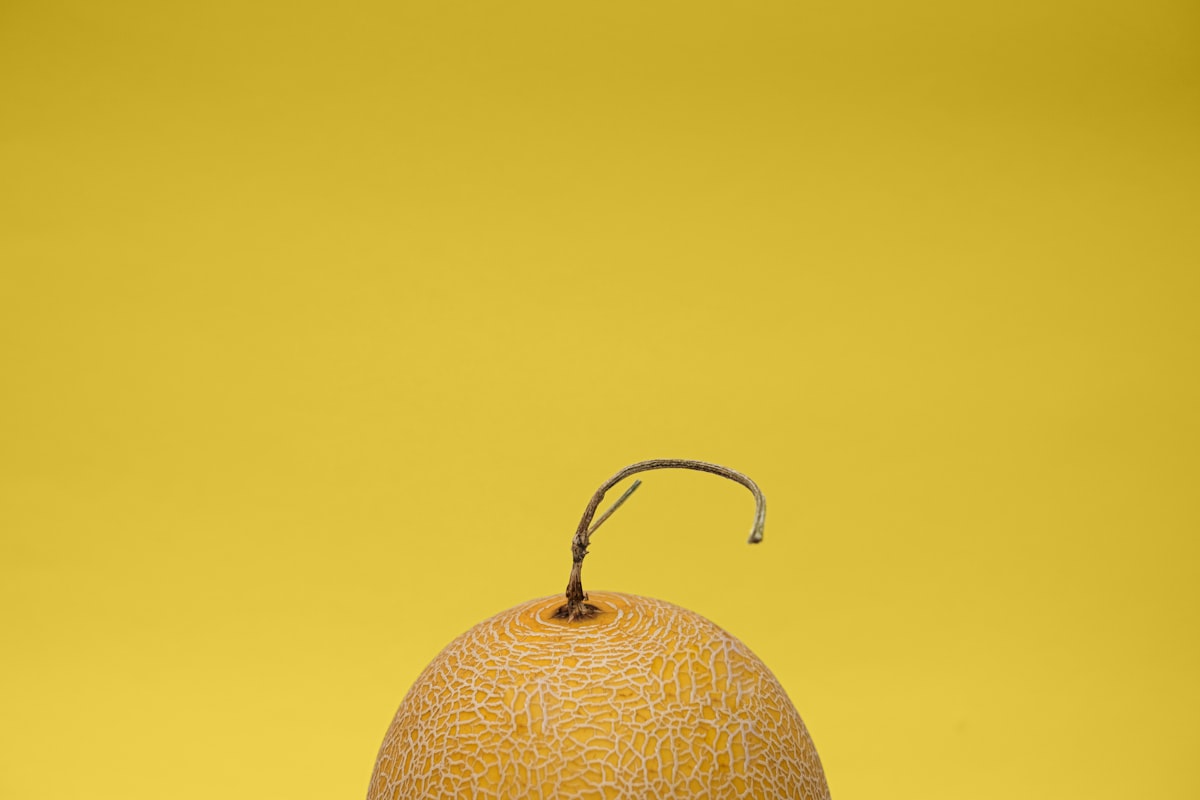🟢 The remarkable nature of Veblen Goods

The notion of "Veblen Goods" rarely appears, yet it describes products or services with a singular quality. In a nutshell, the higher their price, the higher their prestige and desirability. This phenomenon directly contradicts basic economics, where, as the price of a good increases, the demand for it decreases. Economists then try to get back on their feet and explain that it's all about scarcity and that a vintage watch worn by Steve McQueen will drive an insane amount because it's so unique and that, in any case, we knew all about this since the Dutch tulip affair.
Well, yes and no.
Most Veblen Goods are undoubtedly your classic status symbols or luxury items. Their higher cost signals your wealth and, as a poor – but universally understood – proxy, your social status. This was the obvious part of Thorstein Veblen in 1899 when he wrote "The Theory of the Leisure Class" and coined the idea of conspicuous consumption.
There's a catch, though.
Some products can get a much higher price than a regular alternative, not just because they are inherently more expensive and, as such, represent a status symbol, but because although they more or less look the same, they are a premium version of a commodity.



